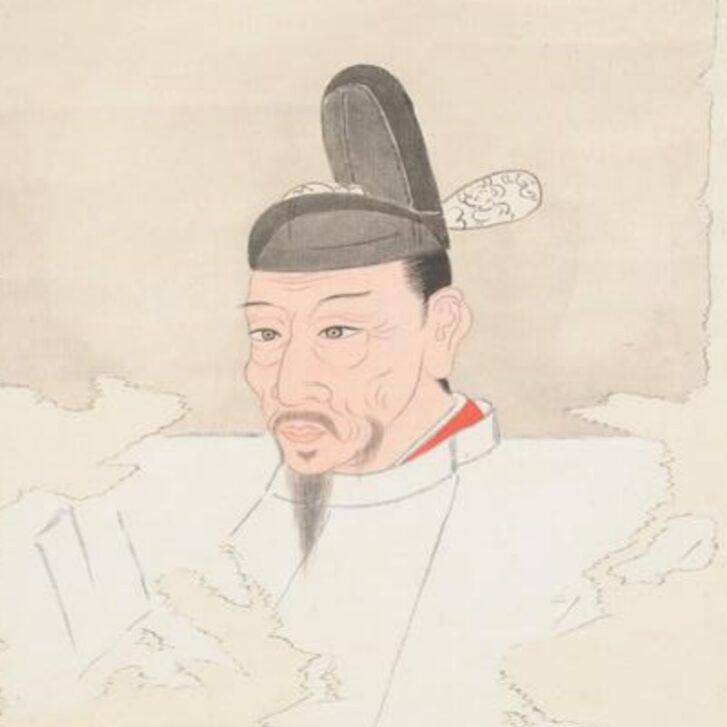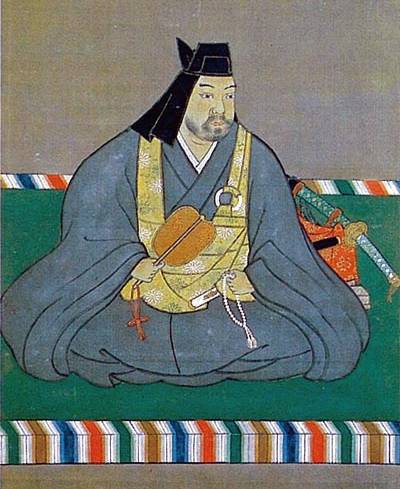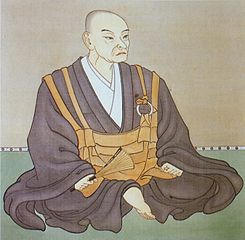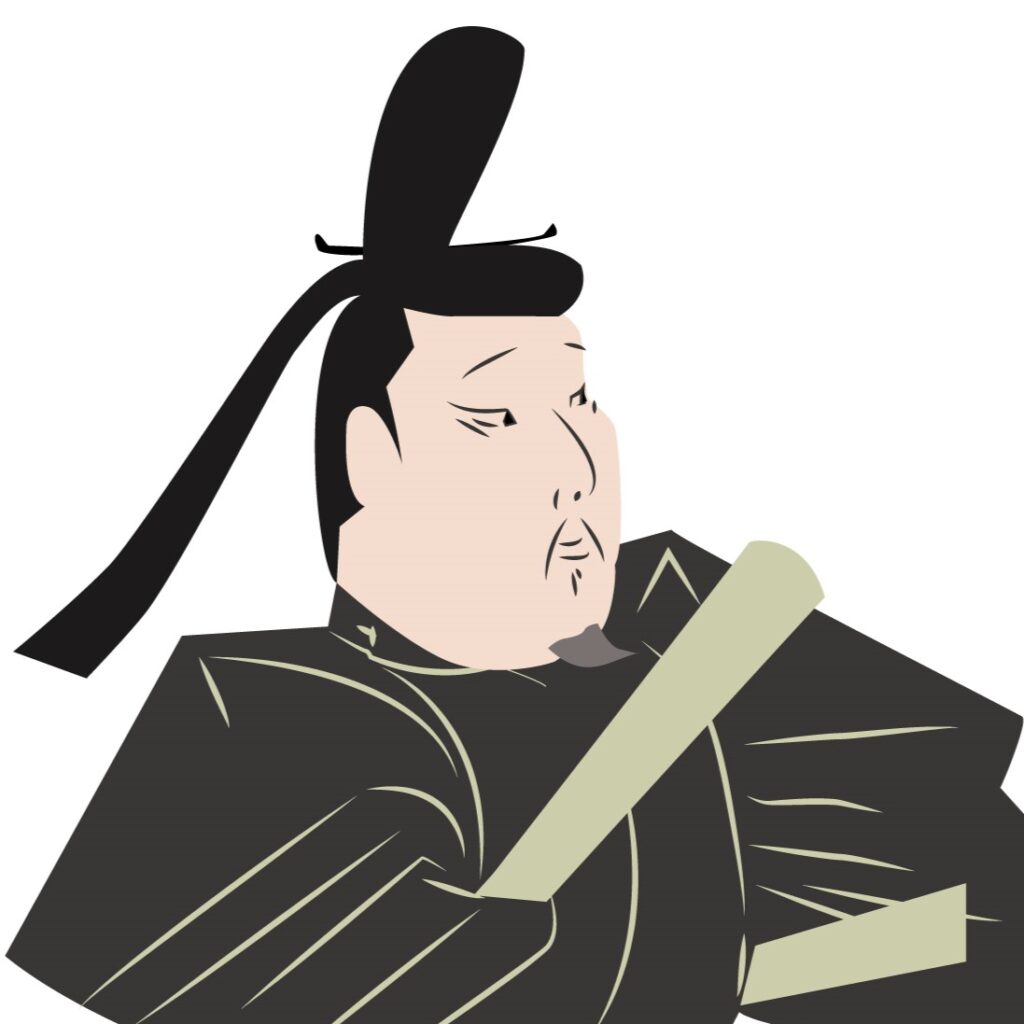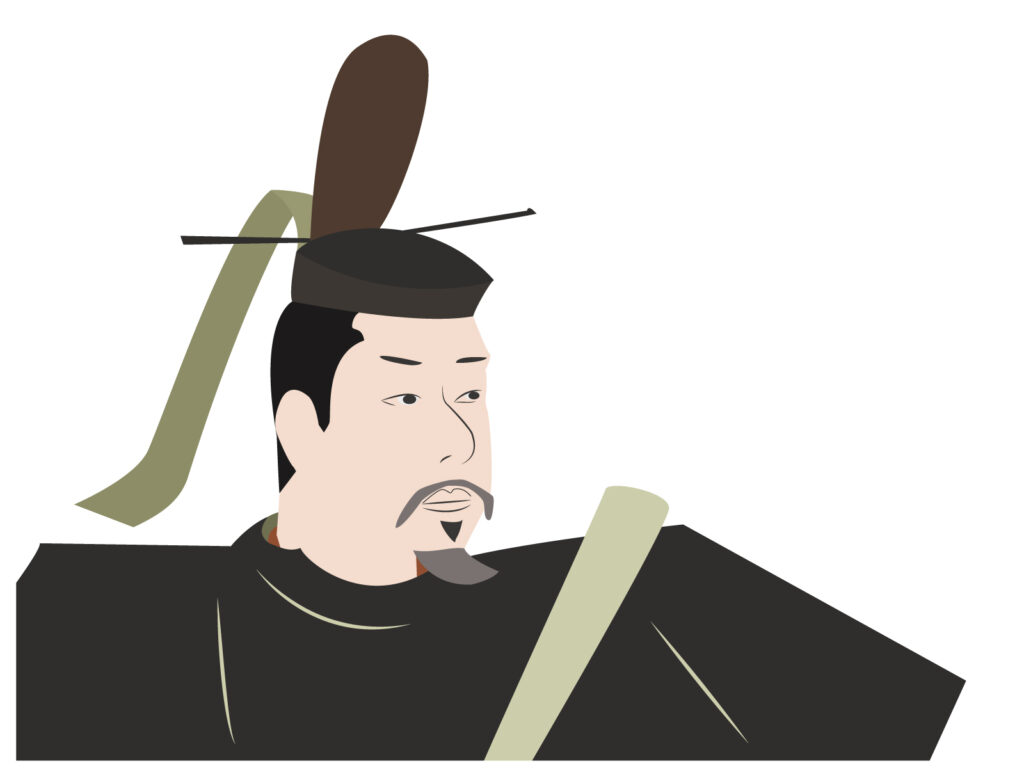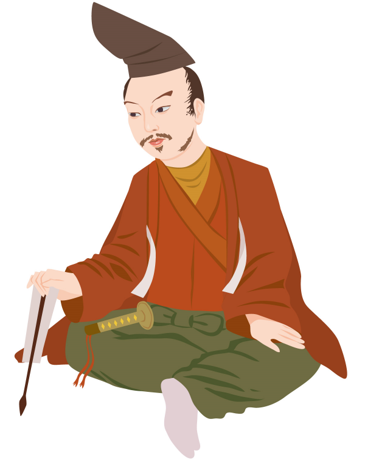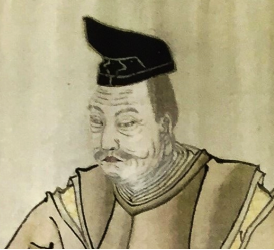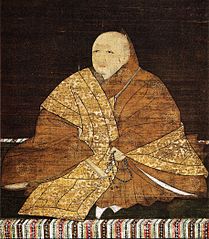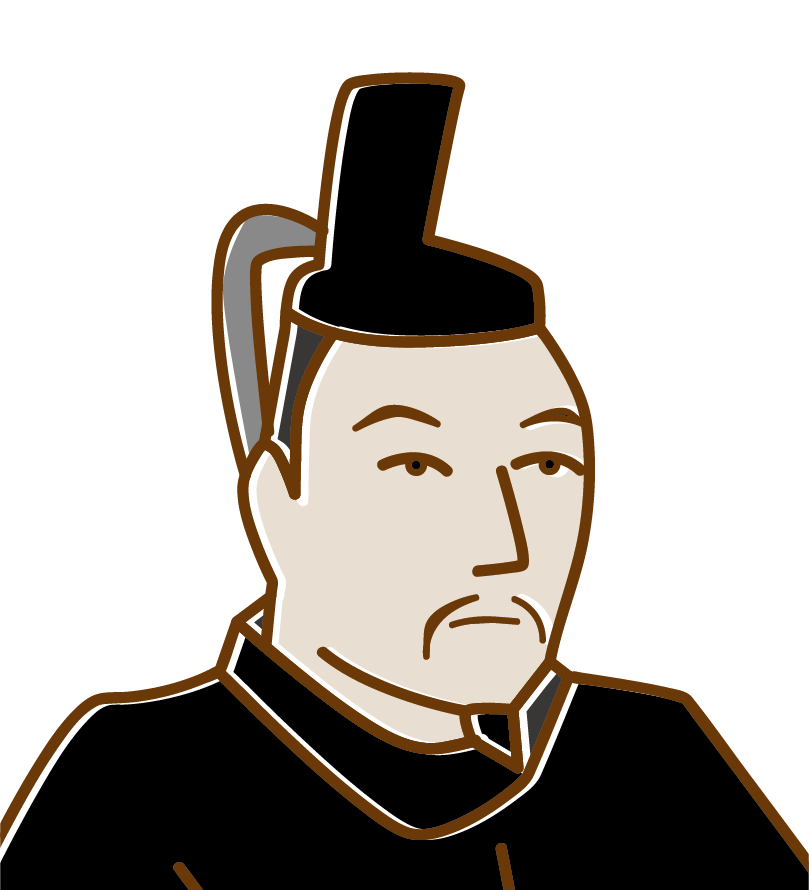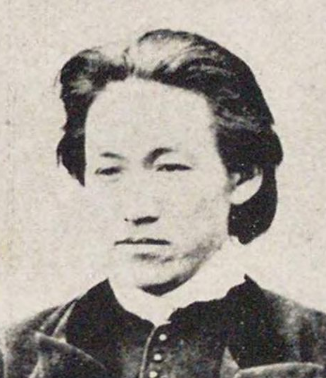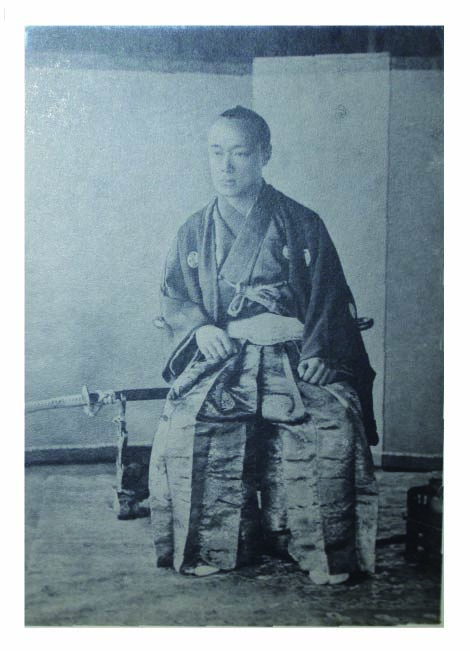The samurai were originally warrior nobles within the Imperial Court in the Heian Period (794-1185). Then, the first samurai government was established in Kamakura, but as the Shogun power declined, powerful warlords sought to expand their territories, surpassing even the shogun's authority, and the world was plunged into the Warring States Period (1467-1590). Among the many famous warlords, three outstanding samurai emerged from the turmoil to pacify and unify Japan. The genius Oda Nobunaga was the first warlord to realize pacification, but he died in the course of his mission. Toyotomi Hideyoshi succeeded him in unifying Japan. And Tokugawa Ieyasu, who established 260 years of peace, Pax-Tokugawana. We call these three warlords "Tenkabito", rulers of the whole country. In the peaceful Edo period (1603-1868), Bushido, the way of Samurai, and the martial arts of swordplay flourished. However, with the advent of the Meiji Restoration, the era of the samurai reached its conclusion.
Tenkabito
Oda Nobunaga
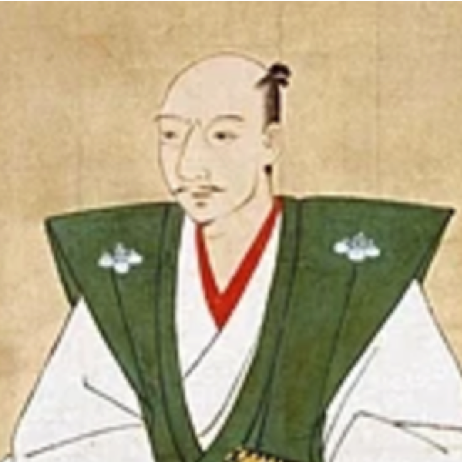
Oda Nobunaga (1534-1582, 織田信長) was the most famous Samurai in Japan. He pushed forward to end the turbulent Warring State Period with his foresight, charisma, and overwhelming military and economic power but was assassinated on the brink of peaceful unification by his vassal at Honnoji Temple. His last song was “Human life of 50 years is fleeting and short, so let us live to the fullest without fear of death.” He sang it before the Battle of Okehazama against the mighty Imagawa Yoshimoto. His preparation was "I surely die if I lose this battle". It was sung before his suicide at the Honnoji Temple. >> Read More
Tokugawa Ieyasu
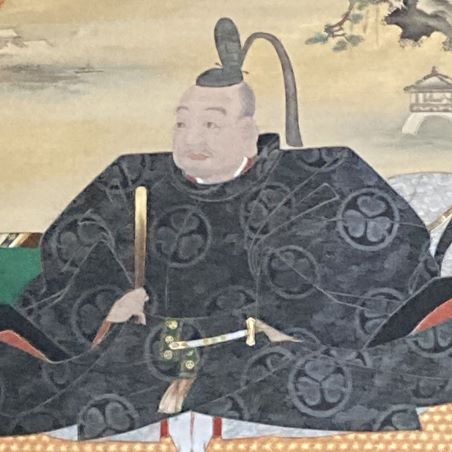
Tokugawa Ieyasu (1543-1616, 徳川家康), the 1st Shogun of Tokugawa Shogunate (1603-1868) realized a peaceful era of the 260-year Edo period by ending the turbulent period. The source of its establishment was his perseverance, cohesive retainers, longevity, and the grace of providential help to survive the threat of death. Ieyasu's mission statement, "to make the world of peace and purity from the filth of the Warring States period (厭離穢土欣求浄土)," was the banner of his 75-year-old life. >> Read More
Toyotomi Hideyoshi
Toyotomi Hideyoshi (1537-1598, 豊臣秀吉), a supreme Samurai, was promoted from a farmer to a unifier of Japan, taking over his load Oda Nobunaga's will by excelling in military strategy to win without fighting by utilizing traps for his enemies. Osaka Castle and its castle town built by Hideyoshi is still the economic center of Japan. His flamboyant tastes left much of the decorative Momoyama cultural legacy, such as the Karamon gate of Fushimi Castle. These are now relocated to Nishi Honganji and Daitokuji Temple. >> Read More
Attractive Samurai
Date Masamune, One-Eyed Dragon
Date Masamune (1567-1636, Date Masamune) was a masterful ruler who survived 68 years of the turbulent Warring States period with the moon (faith), which illuminated the darkness, in his heart through his wisdom, military prowess, and the trust of his subjects. Lost sight of his right eye because of smallpox (Age 5), the hardship of having to shoot all the enemies at once, including his trusted father (Age 19), the danger of death for his late participation in Hideyoshi's Siege of Odawara (Age 24), and more. >> Read More
Uesugi Kenshin, God of War
Uesugi Kenshin (1530-1578, 上杉謙信) was a fervent believer in the god of war, Bishamonten (毘沙門天), using one of the letters of '毘' as an emblem on his flag, and fighting under the banner of 'Bi'. During his lifetime, he lost only twice out of 71 battles, making him a true military god. During the Warring States period, when territorial expansion was a matter of common practice, he did not wage war on other territories himself but fought to save those who sought his help as Kanrei (Shogunal Deputy) of the Muromachi Shogunate. In short, he was a chivalrous man. He sought to rebuild the Muromachi Shogunate system. >> Read More
Takeda Shingen, The Tiger of Kai
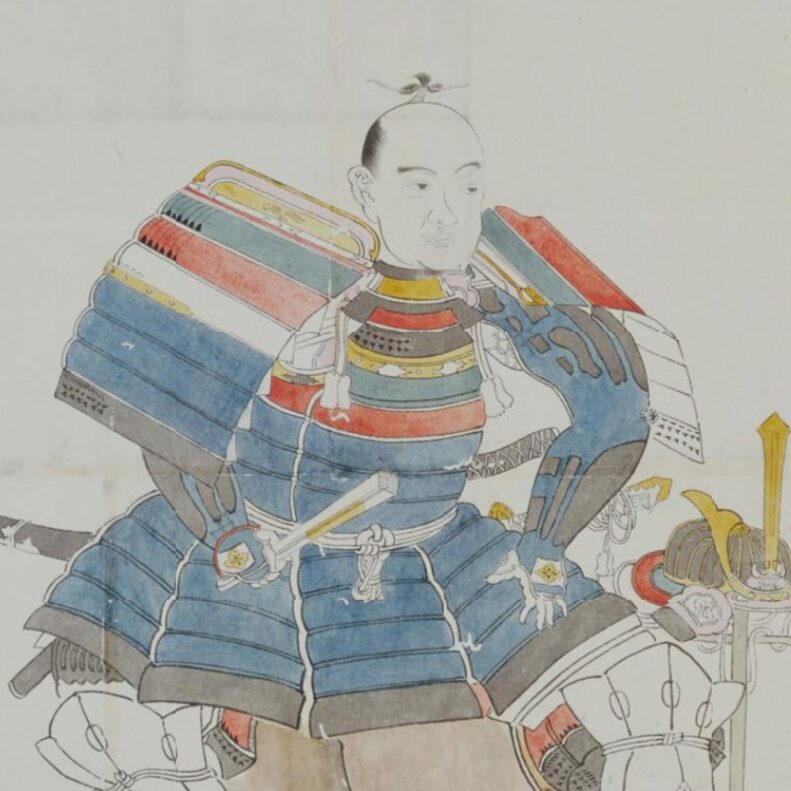
Takeda Shingen (1521-1572, 武田信玄) was a great warlord known as The Tiger of Kai as a prestigious family that descended from the 56th Emperor Seiwa. He studied classical Confucian texts and military treatises like The Art of War. These formed the ideological and strategic foundation of the Takeda Forces. Shingen's fought Uesugi Kenshin for 11 years and defeated Tokugawa Ieyasu and Oda Nobunaga at the Battle of Mikatagahara. However, he died during this battle. >> Read More
Hojo Soun, The Pioneer of Revolutionary Warlord
The pioneer of revolutionary warlords at the beginning of the Warring States Period in the 16th century. Hojo Soun (1456-1519, 北条早雲) established the foundation of the Hojo clan's prosperity in the Kanto region over five generations for 100 years. Their unwavering ambition was to be independent of the vested interest of the Muromachi Shogunate (1336-1573) and to safeguard the livelihoods and lands of their people to achieve a peaceful territorial state. Several advanced management systems and measures were adopted. Their residence was the impregnable Odawara Castle. >> Read More
Taira Kiyomori, Japan's 1st Samurai to be the Chief Minister
Taira Kiyomori (1118-1181, 平清盛) made history as Japan’s first samurai to wield the highest level of Dajo Daijin, the Chief Minister of the Imperial Court in 1180. His remarkable ascent was attributed to three factors: (a) Robust Military and police power, (b) Vast Wealth accumulating through trade with the Sung Dynasty, and (c) Economic and Political Domination through the huge estates. Notably, his influence extended to two emperors: Emperor Takakura (his nephew) and Emperor Antoku (his grandson). >> Read More
Minamoto Yoritomo, Japan's 1st Samurai to Establish their Government
Minamoto Yoritomo (1147-1199, 源頼朝), the 1st Shogun of Kamakura Shogunate (1185-1333) established the Samurai government in 1185. Its foundation was based on the relationship between Shogun and Gokenin (samurai retainers) according to "favor and service". His cold political power was also an important aspect of leading and managing the brave samurais in Kamakura. >> Read More
Minamoto Yoshitsune, Military Genius
Minamoto Yoshitsune (1159-1189, 源義経) was one of the most famous and genius Samurai of the late Heian period. Yoshitsune joined his elder brother Yoritomo's army as a Military commander and helped establish the Kamakura Shogunate (1185-1333) with his military prowess, winning three important battles: Ichinotani, Yashima, and Dan-no-Ura. However, he was expelled and forced to commit suicide by Yoritomo due to differences in his views on the samurai government system. Yoshitsune committed suicide at Hiraizumi. >> Read More
Hojo Tokimune, The Indomitable Regent
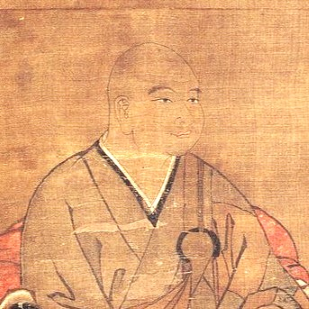
Hojo Tokimune (1251-1284, 北条時宗), the 8th regent of the Kamakura Shogunate, successfully defended Japan from the Yuan invasions. The strategy and tactics of Tokimune were superior. His soul eternally sleeps at Egakuji Temple in Kamakura. >> Read More
Fujiwara Kiyohira, King of Oshu (Tohoku)
Fujiwara Kiyohira (1056-1128, 藤原清衡) brought peace and prosperity to the Oshu province in the Tohoku. He built the Chuson-ji Temple in Hiraizumi City to pray for all people and creatures who died in successive battles reborn in the Buddhist Pure Land. He proclaimed proudly, being the first leader after decades of warfare. His will was passed on to the following generations: Motohira, Hidehira, and Yasuhira. However, the Oshu Fujiwara Clan was defeated by the first Shogun of the Kamakura Shogunate, Minamoto Yoritomo. >> Read More
Ashikaga Yoshimitsu
Ashikaga Yoshimitsu (1358~1408, 足利義満), the third Shogun of Muromachi Shogunate (1336-1573), governed the nation at the top of Samurai, Court Nobles, and Buddhist priests. The architecture of the Kinkakuji Temple, built by him, had to be, from top to bottom, the Buddhist style (Buddhist Yoshimitsu), the samurai style (Shogun Yoshimitsu), and the courtly aristocratic style (Grand Minister Yoshimitsu). >> Read More
Ashikaga Yoshimasa
Ashikaga Yoshimasa (1436~1490, 足利義政), the 8th Shogun of the Muromachi Shogunate (1336-1573), built Ginkakuji Temple. He enjoyed watching the moon at Ginkakuji amidst the nocturnal darkness reminiscent of his tenure as shogun, he might have glimpsed a light of hope, drawn from the tranquil moonlit ambiance. Despite his failures in politics during the 11-year-long Onin War, he played a pivotal role in shaping the Higashiyama artistic style, which embodies the essence of "Wabi and Sabi". >> Read More
Hijikata Tosizo, Truly Last Samurai
Hijikata Toshizo, truly the Last Samurai, shared similarities with Jean Lannes, who fought under Napoleon. Both individuals hailed from peasant backgrounds and demonstrated exceptional leadership skills and military talents. The Boshin War, led by Hijikata, and the Battle of Marengo, led by Lannes, were fought amidst challenging circumstances. Nevertheless, they both exhibited unwavering command over their troops, employing skillful strategies and tactics that showcased their indomitable spirits. >> Read More
Tokugawa Yoshinobu, The Last Shogun
Tokugawa Yoshinobu (1837-1913, 徳川慶喜), the 15th and Last Shogun of the Tokugawa shogunate (1603-1868) returned the political power to the emperor with his hand, brought down its shogunate curtain, realized the bloodless surrender of Edo Castle, and stemmed the great Western power’s colonization. His tough decision depends on his belief; for the people, for preventing colonization, for the emperor as the raison d'être of the nation, and the Tokugawa clan, even though whatever would happen to him. It's his determination and Samurai spirit. >> Read More
Samurai History
Warrior Nobles in Nara & Heian Period (710-1185)
During the reign of Emperor Kanmu, the founder of the Heian-kyo Capital in Kyoto, aristocrats in his service initiated the conquest of the Emishi in the Tohoku region, following the Emperor's directive. The Emishi fiercely resisted, and despite numerous unsuccessful attempts, they were ultimately pacified in 801 by Sakanoue-no-Tamuramaro, appointed as the Shogun responsible for the conquest.
The Birth of the Samurai Government in the Late Heian & Kamakura Period
During the Heian period, samurai played a significant role in the conflicts between the emperors, leading to the emergence of a samurai-centric imperial court under the influential Taira no Kiyomori. Minamoto no Yoritomo, victorious over the Taira clan, ultimately founded Japan's inaugural samurai government in Kamakura in 1185, marking the establishment of the Kamakura shogunate.
Establishment of a samurai government
In 1221, as a response to the escalating influence of the Kamakura Shogunate, Emperor Go-Toba marshaled forces in an attempt to defeat the Shogunate's authority. However, his forces were quelled. Later on, Japan's first samurai law, the "Goseibai Shikimoku," was enacted based on the principles, customs, and morals of samurai society. Subsequently, it served as a model for samurai law throughout the Muromachi, Warring States, and Edo periods.
Shoguns outperformed the Imperial Court and lost the power
During the Muromachi period (1333-1573), the Muromachi shogunate, led by the third shogun, Ashikaga Yoshimitsu, reached its zenith, surpassing the influence of the imperial court. The vibrant Kitayama culture, exemplified by the resplendent Golden Pavilion, flourished during this era. However, the authority of the Muromachi shogunate suffered a significant setback with the onset of the Onin War during the region of the eighth shogun. Ultimately, the thirteenth shogun found himself compelled to resign from Kyoto.
Dawn of the Warring States Period (1467-1590)
The conflicts among warriors extended to diverse regions, plunging the country into the Warring States Period. Amidst the relentless series of battles, warriors found themselves in need of a strategic eye, leadership, the ability to manage their fiefdoms, and economic management skills to secure financial resources. Among the most notable figures were Hojo Ujiyasu of Kanto, Uesugi Kenshin of Echigo (Niigata), Imagawa Yoshimoto of Suruga (Shizuoka), and Takeda Shingen of Kai(Yamanashi). These warriors engaged in a complex dance of sometimes forging peace treaties and at other times engaging in fierce battles.
The End of the Warring States Period and the Unification of Japan (1573-1603)
Kenshin and Shingen succumbed to illness, and Imagawa faced defeat at the Battle of Okehazama at the hands of the emerging Oda Nobunaga, who, regrettably, passed away. Just as Oda Nobunaga's efforts to unify the nation were on the verge of fruition, he was killed by his vassal. His successor, Toyotomi Hideyoshi, and subsequently Tokugawa Ieyasu, succeeded in the task of unifying the country.
A transition from military to civilian administration in the Edo Period (1603-1868).
Under Ieyasu's vow to "never again return to the turmoil era," a shift to a civil administration rapidly progressed. The ruling class, the samurai, were required to train themselves in both the civil and military arts and take full responsibility for their actions with their own lives. In the samurai society, which had been based on the relationship of “gratitude and devotion” since the Kamakura period (1185-1333), the land was no longer a tangible form of gratitude, but an abstract concept of loyalty and obedience was used in the Edo period (1603-1868). Amid this trend, "Bushido," the way of samurai, was established as a model for warriors, and swordsmanship flourished, with Yagyu Shinkage-ryu and Hokushin Itto-ryu at the forefront.
Bushido is the moral code of warriors consisting of the following seven values.
| Gi (義) Justice | doing the right thing | One should always do what is right, even if it is difficult or dangerous. |
| Yu (勇) Courage | bravery | It is the willingness to face danger or adversity without fear. |
| Jin (仁) Compassion | kindness | It is the desire to help others and make the world a better place. |
| Rei (礼) Courtes | manners | It is the practice of showing respect for others, regardless of their social status. |
| Makoto (誠) Sincerity | integrity | It is the practice of being truthful and genuine in all of one's dealings with others. |
| Meiyo (名誉) Honor | reputation | It is the desire to maintain a good name and to be respected by others. |
| Chugi (忠義) Loyalty | duty | It is the willingness to sacrifice oneself for the sake of one's lord. |
The End of the Samurai World with the Meiji Restoration (1868)
The last Shogun of Japan, Tokugawa Yoshinobu, returned the political power of the Tokugawa Shogunate to the emperor with his hand (Meiji Restoration), brought down its Shogunate curtain, realized the bloodless surrender of Edo Castle, and stemmed the great power’s colonization. His contribution was realizing modernization bloodlessly without social disruption involving the people, a rare occurrence in the world.

Wikimedia Commons: Source:https://commons.wikimedia.org/wiki/File

